Project Natick: The Underwater Data Center of Tomorrow
The bottom of the ocean probably doesn't seem like an ideal place to stick a bunch of a computers. Besides the simple fact that electricity and water don't mix, the ocean is a caustic mixture of frigid salt water and all manner of microorganisms which makes a notoriously unforgiving environment...even for machines carefully designed to withstand it.
That hasn't discouraged the Project Natick team at Microsoft from building the world's first underwater data center. Originally conceived when a Microsoft employee who formerly served aboard a submarine identified the parallels between the heat removal needs of a nuclear reactor and those of a modern data center. A nuclear sub makes use of the ocean around it as a massive, effectively limitless heatsink. Can data centers as well?
The answer, after a 160 day trial, turned out to be a resounding "yes". Performance exceeded all expectations. Besides the benefit of immersing the data center in free coolant, it also winds up being less of a beaurocratic hassle to emplace data centers on the continental shelf than to navigate local zoning regulations on land. It also winds up being cheaper than building a conventional land based data center.
Some sense is made of this when one realizes that it's just a thick steel drum. There's no life support. Contrary to the implication of the cover image, it is wholly unmanned, removing 90% of the cost of an undersea habitat. The usual expense of transporting ballast weight is also mitigated since the servers themselves are quite heavy.
In fact, because it's never meant to be entered by humans, interior atmospheric conditions can be tailored to machines. The gas inside the drum is pure nitrogen for example, as removing all oxygen from the interior diminishes corrosion potential. The nitrogen can also be equalized with outside water pressure if desired, which reduces the pressure differential and with it the odds of a leak.
This isn't the first time a company has sought to leverage the heat absorbing qualities of the ocean for offshore infrastructure. Frequent readers of my blog will already know about Flexblue, a French company seeking to emplace nuclear reactors offshore on the seabed, 300 feet deep. The reactors are really just stripped down nuclear subs with everything left out except the reactor, pressure hull and related support machinery.
Apart from renewable options the Project Natick team have already proposed like current turbines or wave power, massive undersea server complexes could be powered by even a single Flexblue reactor for the entire useful lifespan of the computing hardware in question (and then some).
The result? Instantaneous, massive computing power and cloud storage for any business or government entity, deployed in as little as 90 days for a price that may seem staggering, but is in fact a bargain compared to the lifetime cooling costs were it on land. Compare that setup time to the two years it commonly takes to build a conventional data center.
There are already some pretty elaborate, insanely expensive ASIC based Bitcoin mining operations out there. Could they be moving to the ocean floor in the near future? Will the first undersea cities have not even a single human in them, just densely packed computers powered by a nuclear reactor, or oceanic currents?
It's a pretty attractive proposition for investors. Buy the hardware, emplace it on the seafloor in less than three months, then begin raking in money without having to put any of it towards ongoing maintenance. Microsoft's next prototype will be three times the size. Between this and the other unmanned seafloor infrastructure being built these days, the continental shelf is becoming an increasingly crowded place.
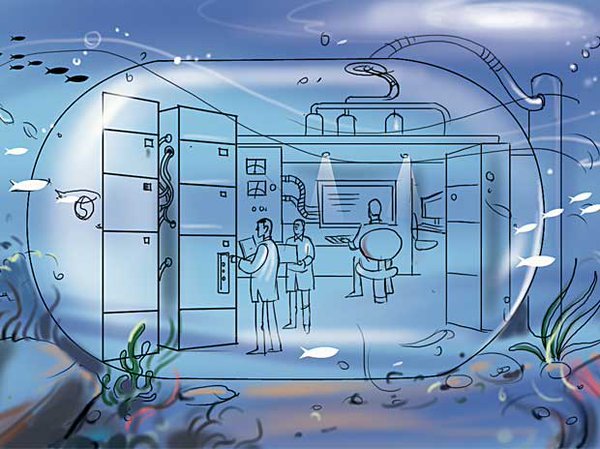
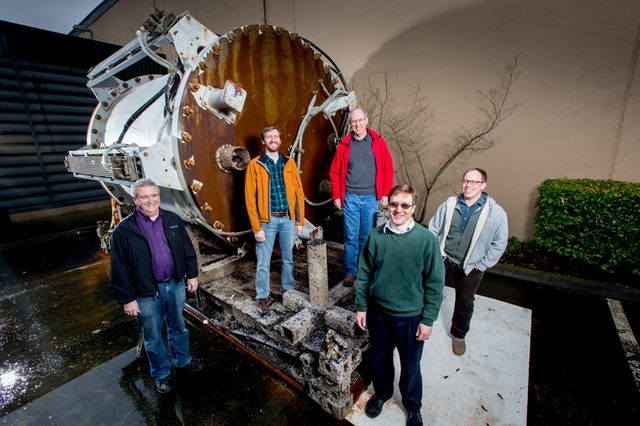
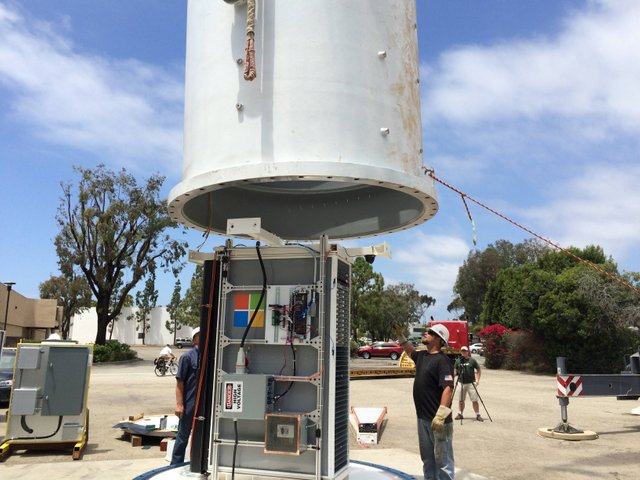
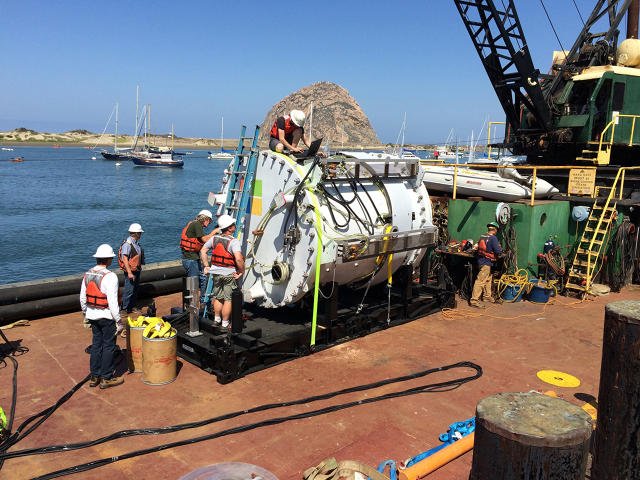
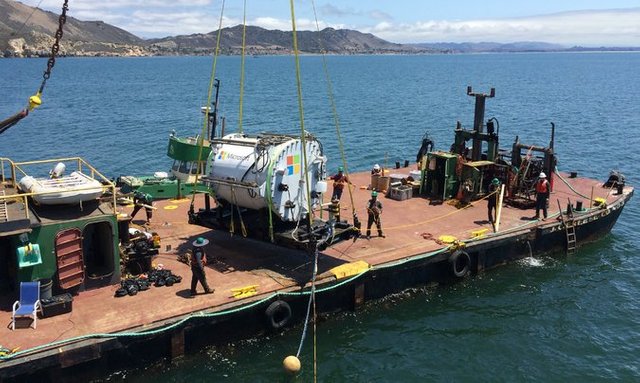

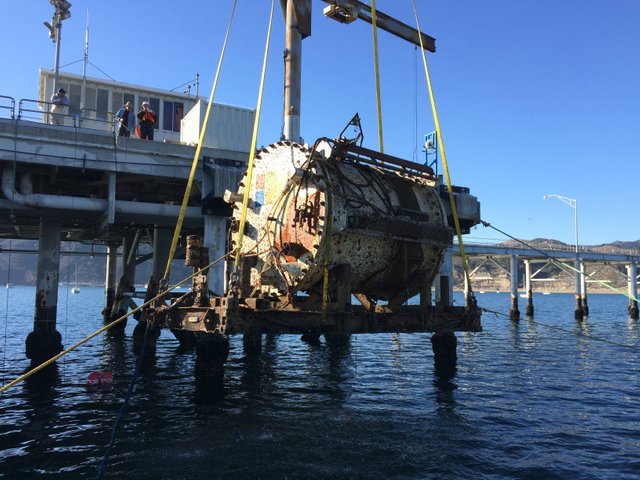
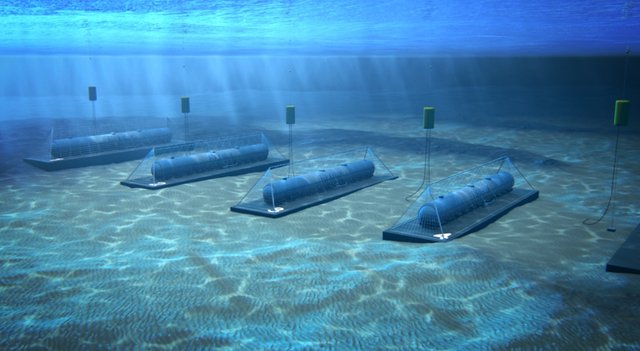
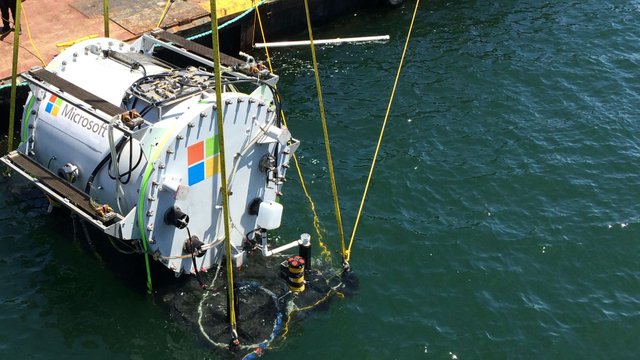
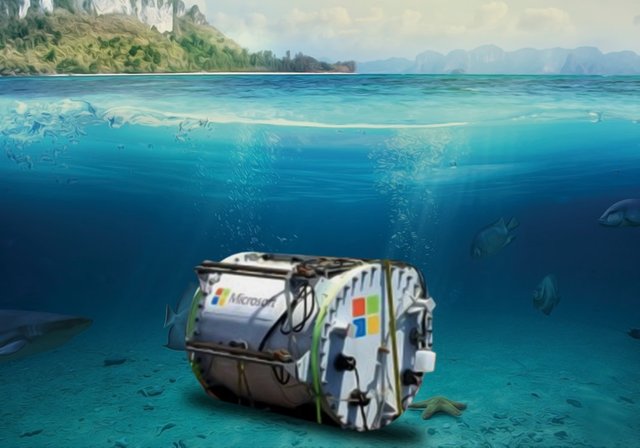
These are very cool! I once worked for an entire company that was underwater.
They still owe me money! ;)
They could power them via the oceanic currents. it would keep in the spirit of the project. Hate to see a nuke down there.
Why? There really isn't a safer place in the world than the bottom of the ocean for a runaway nuke. Also water is an excellent neutron moderator and could prevent it from going critical.
If the problem is nukes in general you should just get over it. Nuclear is safer than gas, coal and even wind and solar. Yes the waste is more toxic, but it's highly concentrated and limited to small volume. Nautral gas is a huge CO2 producer, as is coal. Wind power kills birds and solar takes up valuable habitat in raparian environments. Also some solar will cook birds...
http://www.extremetech.com/extreme/188328-californias-new-solar-power-plant-is-actually-a-death-ray-thats-incinerating-birds-mid-flight
Thank you. Very informative. I wonder if you could cover Bill Gates's modern toilet project. I bet it'll be a very interesting read as well.